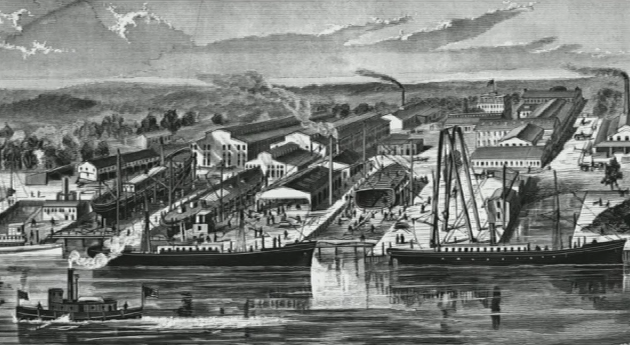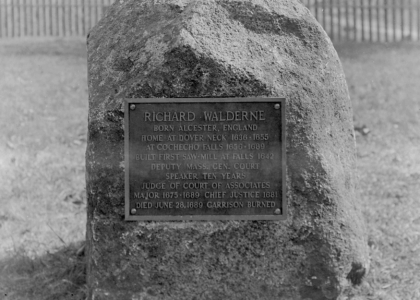Welcome to Wilmington, Delaware, a city steeped in history and rich in tales of early America. As you explore the area, let’s take a journey back to the 17th century, when this land was the canvas for explorers and settlers from distant lands.
Before the arrival of European settlers, the land we now call Wilmington was inhabited by the Lenape people. They thrived along the Delaware River, living in harmony with the land. The first Europeans to arrive were the Dutch, who, in 1631, attempted to establish a colony at Zwaanendael near present-day Lewes. However, it was the Swedes who left a more enduring mark.
In 1638, the Swedish South Company, under the leadership of Peter Minuit, purchased land from the Lenape and established Fort Christina, named in honor of the young Queen Christina of Sweden. This settlement, located near the confluence of the Christina River and Brandywine Creek, became the first Swedish settlement in North America. It wasn’t just a European foothold but a beacon of hope for settlers seeking new opportunities.
Fort Christina served as the capital of New Sweden, a colony that stretched along the Delaware River. The Swedes introduced log cabin construction to America, a design that would become synonymous with frontier life.
The most notable Swedish governor was Johan Printz, who ruled from 1643 to 1653. Known for his imposing stature and leadership, Printz fortified the colony and expanded its influence. But the peace was fleeting. In 1655, the Dutch, under Peter Stuyvesant, seized the colony, marking the end of Swedish rule in North America.
Fast forward to 1682, when the territory became part of William Penn’s Pennsylvania colony, ushering in a new era of growth. Penn’s vision of a society based on religious tolerance attracted Quakers and other settlers, laying the groundwork for Wilmington’s diverse community.
During the American Revolution, Wilmington played a strategic role. It was here that Thomas McKean, a resident of New Castle County, became one of Delaware’s signers of the Declaration of Independence. The city witnessed the Battle of Cooch’s Bridge in 1777, the only Revolutionary War battle fought on Delaware soil.
As the 19th century dawned, Wilmington evolved into an industrial hub, thanks in part to the DuPont family. E.I. du Pont founded a gunpowder mill on the Brandywine River in 1802, which grew into one of the world’s largest chemical companies. This industrial prowess attracted workers and innovators, transforming Wilmington into the economic powerhouse of Delaware.
Today, Wilmington stands as a vibrant city, a testament to its resilient past. Its streets echo with stories of explorers, settlers, and revolutionaries. Visitors can explore the historic district, where cobblestone streets and colonial architecture offer glimpses into the past. Fort Christina Park commemorates the first Swedish settlement, a reminder of the city’s multicultural roots.
As you walk these historic streets or gaze upon the Christina River, remember that Wilmington is not just a place on the map; it’s a living narrative of America’s journey—from its indigenous origins to its bustling present.



